Galileo Became The First Spacecraft To Orbit Jupiter On December 7, 1995. For Years It Gathered Incredible
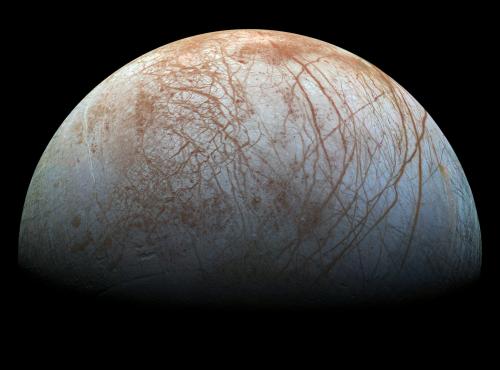

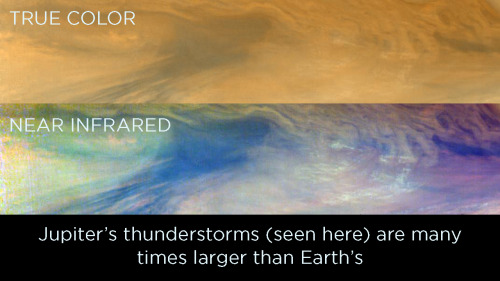
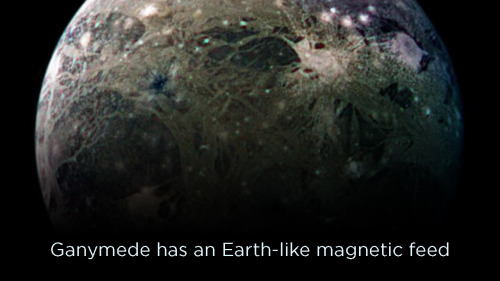
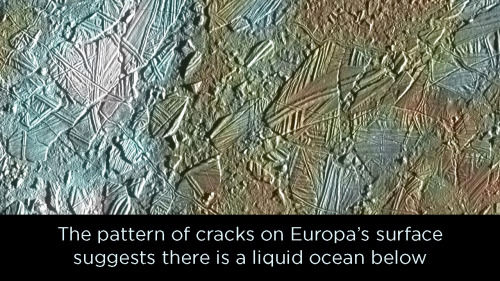
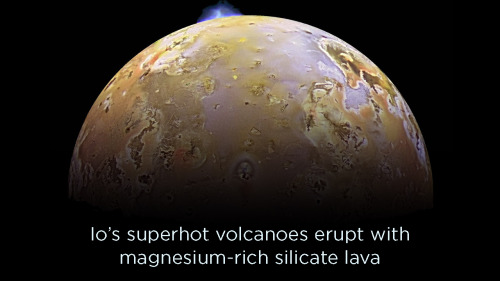
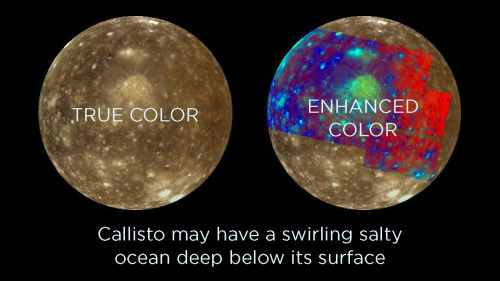
Galileo became the first spacecraft to orbit Jupiter on December 7, 1995. For years it gathered incredible images and data. As Galileo began to malfunction and lose power, NASA decided to destroy it intentionally, avoiding the possible transfer of Earth bacteria onto any of Jupiter’s moons via an accidental collision. The probe slammed into Jupiter on September 21, 2003 traveling more than 100,000 miles per hour.
More Posts from Smartler and Others
(via (Shia LaBeouf))
I can’t believe I haven’t shared this yet. It’s an immaculate piece of the internet and gives hope that art is not dead.







Tumblr Valentines - The Love God version.

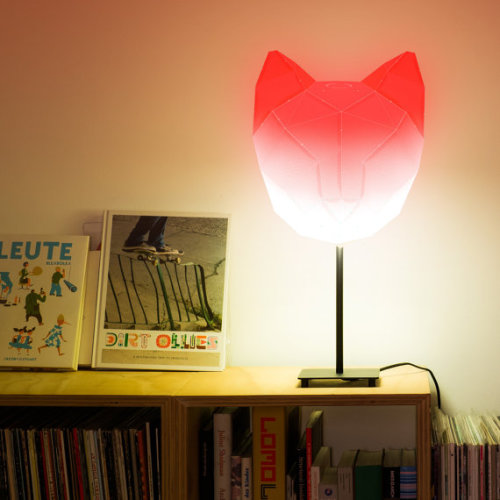

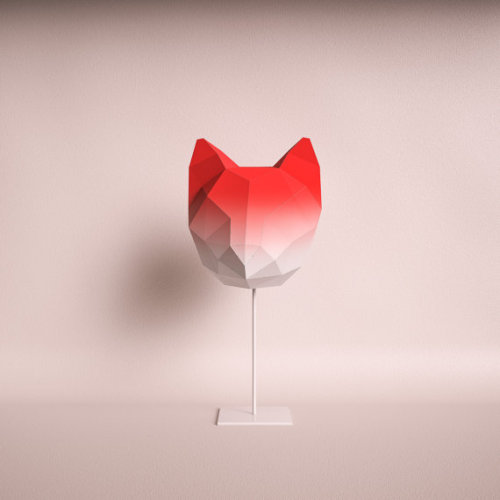
These gradient colored geometric animal cutouts by designers Maik Perfahl and Wolfgang List make great lamp shades, masks or something entirely different! Available in various fun animal shapes like cat, fox, penguin and rabbit, you can really get creative with how you choose to showcase them. Check out Most Likely Shop to see more.

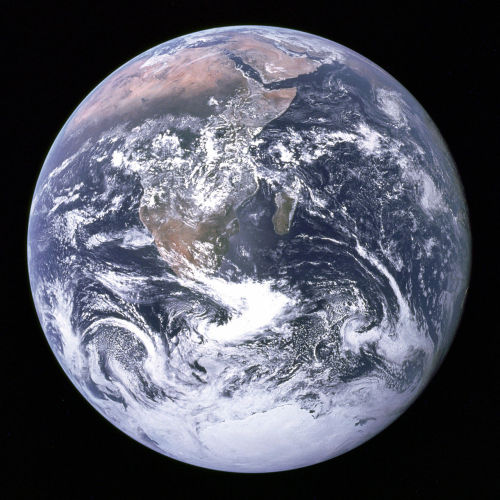


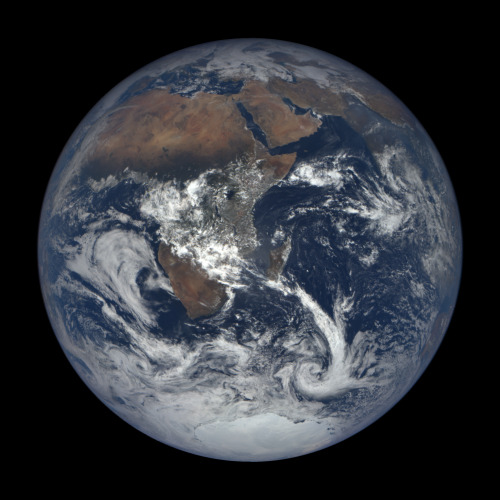

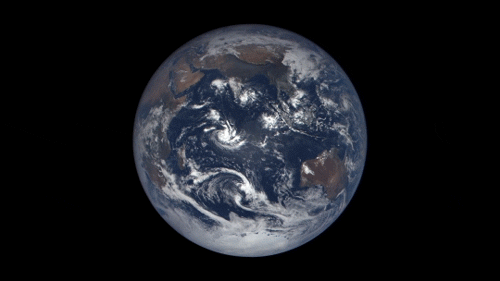
43 years ago, on December 7, 1972, the crew of Apollo 17 snapped a shot of the nearly fully illuminated Earth on their way to the moon. It became an iconic image representing Earth’s frailty and the global activist movements of the 70s.
Since then, no human has been far enough away from Earth to capture the entire globe. But thanks to a satellite called the Deep Space Climate Observatory (DSCOVR) we can now see up to date new blue marble-esque images almost every day.
The satellite monitors solar wind and solar magnetic storms to help scientists better forecast severe space weather events that can actually knock out power here on earth. It sits some 900,000 miles away from earth at Lagrangian Point 1, a place in space the pull of the earth and the sun balance each other out and a satellite can maintain a stable position.
On board, NASA’s Earth Polychromatic Imaging Camera (EPIC) is perpetually staring back at Earth, capturing images of our planet and beaming them home. You can see them at this website.
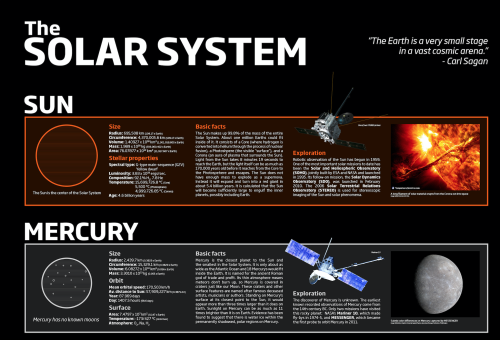
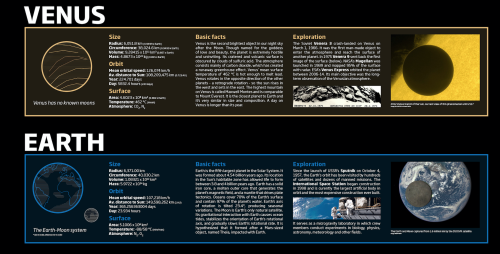
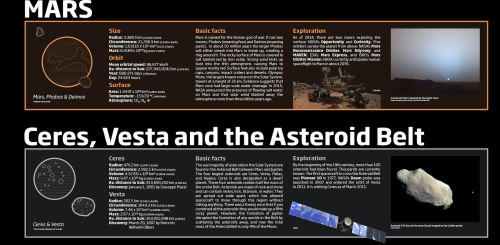
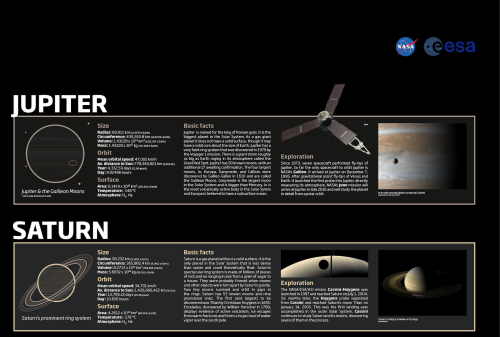
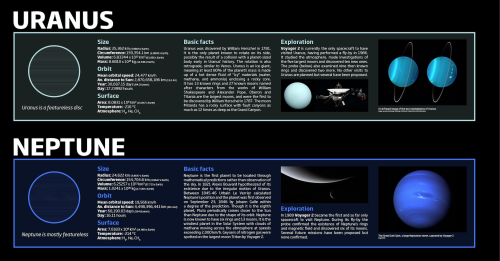

The Solar System
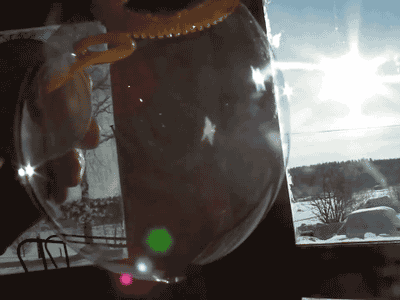
This is wonderful.
via Phil Plait

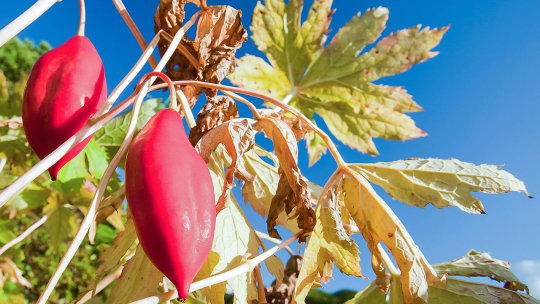
Notch another victory for synthetic biology. Researchers report today that they’ve engineered a common laboratory plant to produce the starting material for a potent chemotherapy drug originally harvested from an endangered Himalayan plant. The new work could ensure an abundant supply of the anticancer drug and make it easier for chemists to tweak the compound to come up with safer and more effective versions.
Continue Reading.
-
 heyyoguy reblogged this · 3 years ago
heyyoguy reblogged this · 3 years ago -
 couldnotforthelifeofmegetanamr reblogged this · 3 years ago
couldnotforthelifeofmegetanamr reblogged this · 3 years ago -
 helpthereisapigontheloose liked this · 3 years ago
helpthereisapigontheloose liked this · 3 years ago -
 kingfrogface reblogged this · 3 years ago
kingfrogface reblogged this · 3 years ago -
 woolvereen liked this · 3 years ago
woolvereen liked this · 3 years ago -
 petkaili liked this · 3 years ago
petkaili liked this · 3 years ago -
 rednecktoreason liked this · 3 years ago
rednecktoreason liked this · 3 years ago -
 broklnguy5656 liked this · 3 years ago
broklnguy5656 liked this · 3 years ago -
 foggystudentlightfan liked this · 3 years ago
foggystudentlightfan liked this · 3 years ago -
 myalteregohasclass liked this · 3 years ago
myalteregohasclass liked this · 3 years ago -
 sapiofeline reblogged this · 3 years ago
sapiofeline reblogged this · 3 years ago -
 jenna-darknight reblogged this · 3 years ago
jenna-darknight reblogged this · 3 years ago -
 saskjeeper reblogged this · 3 years ago
saskjeeper reblogged this · 3 years ago -
 saskjeeper liked this · 3 years ago
saskjeeper liked this · 3 years ago -
 just-another-american liked this · 3 years ago
just-another-american liked this · 3 years ago -
 millymollyme liked this · 3 years ago
millymollyme liked this · 3 years ago -
 vae-puto-deus-fio liked this · 3 years ago
vae-puto-deus-fio liked this · 3 years ago -
 reb2009 reblogged this · 3 years ago
reb2009 reblogged this · 3 years ago -
 andrzejdudamiedzymojeuda liked this · 3 years ago
andrzejdudamiedzymojeuda liked this · 3 years ago -
 wanderer001 reblogged this · 3 years ago
wanderer001 reblogged this · 3 years ago -
 wanderer001 liked this · 3 years ago
wanderer001 liked this · 3 years ago -
 idontknow1536 liked this · 3 years ago
idontknow1536 liked this · 3 years ago -
 justanotherfanartist liked this · 3 years ago
justanotherfanartist liked this · 3 years ago -
 toastedphantom liked this · 3 years ago
toastedphantom liked this · 3 years ago -
 lumdelacour liked this · 3 years ago
lumdelacour liked this · 3 years ago -
 illyriashade56 liked this · 3 years ago
illyriashade56 liked this · 3 years ago -
 proteus-no reblogged this · 3 years ago
proteus-no reblogged this · 3 years ago -
 proteus-no liked this · 3 years ago
proteus-no liked this · 3 years ago -
 society-tragedy-tomorrow liked this · 3 years ago
society-tragedy-tomorrow liked this · 3 years ago -
 themasterplanner liked this · 3 years ago
themasterplanner liked this · 3 years ago -
 fashionsharmonica liked this · 3 years ago
fashionsharmonica liked this · 3 years ago -
 pasteleriasilvestre reblogged this · 3 years ago
pasteleriasilvestre reblogged this · 3 years ago -
 pasteleriasilvestre liked this · 3 years ago
pasteleriasilvestre liked this · 3 years ago -
 casualtaelyn liked this · 5 years ago
casualtaelyn liked this · 5 years ago -
 theneuroknight reblogged this · 6 years ago
theneuroknight reblogged this · 6 years ago -
 theneuroknight liked this · 6 years ago
theneuroknight liked this · 6 years ago -
 lady-of-paper liked this · 6 years ago
lady-of-paper liked this · 6 years ago -
 zoanzon liked this · 6 years ago
zoanzon liked this · 6 years ago -
 spoutsandsprouts liked this · 8 years ago
spoutsandsprouts liked this · 8 years ago